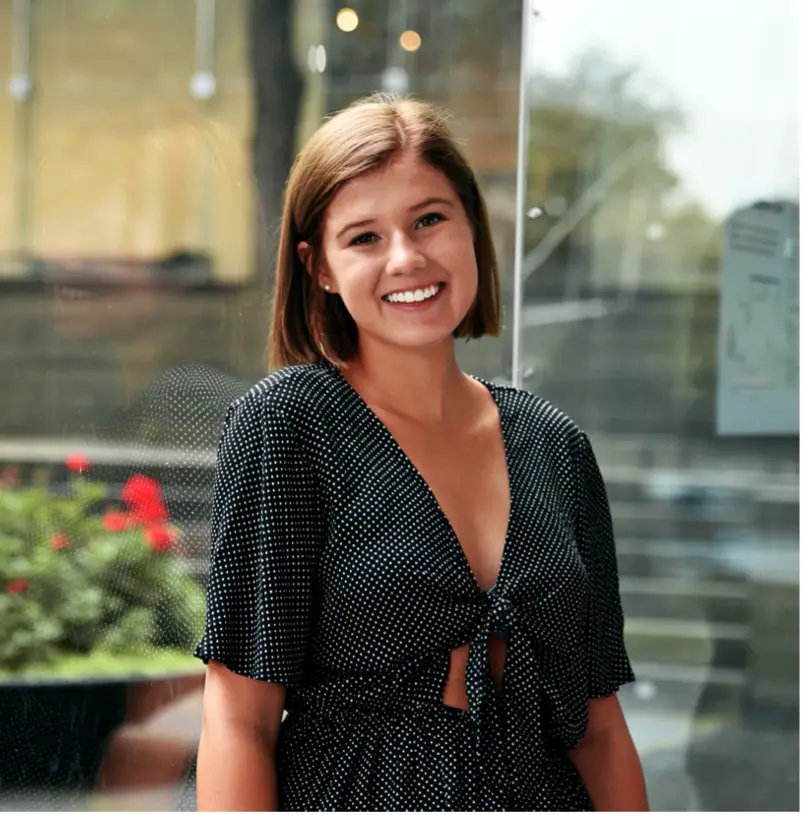It’s a well-known fact that members of Gen Z — individuals born after the year 2000 — prefer Instagram to Facebook. Facebook is the chosen app of millennials, and there’s nothing 2000s babies love more than creating a breach between the previous generation and their own.
The stats from a Business Insider survey back this common fact, showing that 65% of Gen Z checks Instagram on a daily basis, while only 34% does the same on Facebook. This massive gap proves that Gen Z prefers Instagram in great numbers. Furthermore, in the past two years, Facebook has lost 15 million users with a sharper fall among younger individuals. Clearly, Facebook is on the decline, while Instagram is on the rise.
So, what exactly is it about Instagram that draws Gen Z in and holds their attention year after year?
The Instagram Aesthetic
Instagram gained its fame by branding itself as a safe place where each user can express themselves in a unique way by showing their followers how they view the world. Spend a mere five seconds scrolling through your Insta feed, though, and you’ll quickly realize that many of the influencers, brands and individuals that you follow all have an eerily similar aesthetic. Avocado toast, quirky beach photos, voluminous hair, weekend party shots and concert venues have become a part of the “aesthetic” that many Insta followers feel they need to mold themselves into.
In this vein, Instagram captures mere snapshots of the most perfect moments in an individual’s life. This is starkly different from Facebook, where nearly every minute, mundane moment is recorded — a scrapbook, if you will.
Brands and popular influencers have taken advantage of this idealized image that Instagram has curated. Promoting ads and starting their own online companies by selling products, merch and presets to their followers have allowed social media celebrities to make a profit.
This shift has transformed Instagram into a prime channel for discovery and sales. To prove this point with a statistic, Composed, a digital and creative agency, found that 60% of U.S. Gen Z shoppers use Instagram to discover new brands and products, surpassing Snapchat, YouTube and Facebook with flying colors. In sum, Instagram has become a place for brands and influencers to create a profit, whereas Facebook’s ads are seemingly randomly generated and not marketed by social media celebrities.
Backlash and #makeInstagramcasualagain
This begs the question: Does Gen Z actually prefer this coveted image and aesthetically-pleasing feed, opposed to a more real and raw portrayal of their everyday lives?
Although many individuals in the Gen Z population adhere to the “Instagram aesthetic,” it’s no surprise that many Insta users are bucking the trend and calling for a change. Millions of participants are sick of producing perfectly crafted, aesthetic masterpieces and instead want a shift toward casual posts instead.
Hence, the #MakeInstagramCasualAgain movement was born. This push strives to normalize sharing the raw, mini-moments in a person’s life as opposed to an idealized online image and aesthetic-adhering feed.
Quirky influencers like Emma Chamberlain, Jazzy Anne and Toddy Smith are clear pioneers of this movement, as they aim to show us natural and genuine snapshots from their lives — imperfections and all. Perhaps the most explicit example of this is one of Chamberlain’s recent posts that humorously states “I love posting on Instagram” in a gaudy orange font.
Who knows what the future holds? Perhaps there will be a bigger wave of #MakeInstagramCasualAgain followers that will transform the platform into a safe space that closely adheres to Instagram’s original goal: to provide a place to uniquely express yourself. Only time will tell!
Instagram as a Political Tool
Instagram has also become a political mobilizer, as we clearly saw with the recent Black Lives Matter movement. Prior to this movement, Instagram was a place to escape from the real world — politics included.
However, as Thaddeus Coates, a Black queer illustrator, dancer, model and animator noted, “People aren’t just posting pictures of food anymore, because if you’re scrolling through and there’s a picture of food, and then there’s someone who was killed, and then you scroll up and there’s a picture of a protest — it’s weird.”
Given the social climate and the stark injustice, Instagram needed to use its massive online platform as a resource for youth to gain knowledge on activism, allyship and Black solidarity.
With the Black Lives Matter movement, established racial justice and civil rights groups saw a huge spike in their Instagram bases. The Black Lives Matter Los Angeles’ account, for example, started with around 40,000 Instagram followers and is now at an impressive 343,000 followers, surpassing the popularity of its Facebook page, which currently has a meager 68,000 followers. These numbers alone show that Instagram has grown in its political scope.
Not only have Insta users followed adept racial justice accounts, but they’ve also taken advantage of Instagram’s Stories feature, which has more than 500 million daily active users. This tool has allowed Instagramers to share their political stances and relevant posts with their followers, advancing the Black Lives Matter movement as a whole.
This political side of Instagram transcended into the 2020 elections and looks like it might be here to stay. As Nicole Carty, an activist and organizer based in New York, told Recode: “It’s not surprising that Instagram is becoming more political if you think about who’s using it. It’s generational. The past couple of years, the main people who have been protesting and organizing — millennials and Gen Z — they’re on Instagram.”
What’s in the future?
Gen Z is overwhelmingly choosing Instagram over Facebook to display coveted, aesthetic posts — or casual ones, if they’re breaking from the “Instagram aesthetic” — and to participate in political movements while sharing their political opinions.
Instagram has turned into a multifaceted app that combines elements from Snapchat (Insta Stories), YouTube (live streams, IGTV), Facebook (sharing photos) and Twitter (political statements) into one platform. It’s no surprise that 65% of Gen Z checks Instagram on the daily, given its versatility.
Only time will tell, but given its trajectory, it’s more than likely that one day, Instagram will surpass Facebook, as Gen Z inspires future generations to hop on the Instagram bandwagon.

















